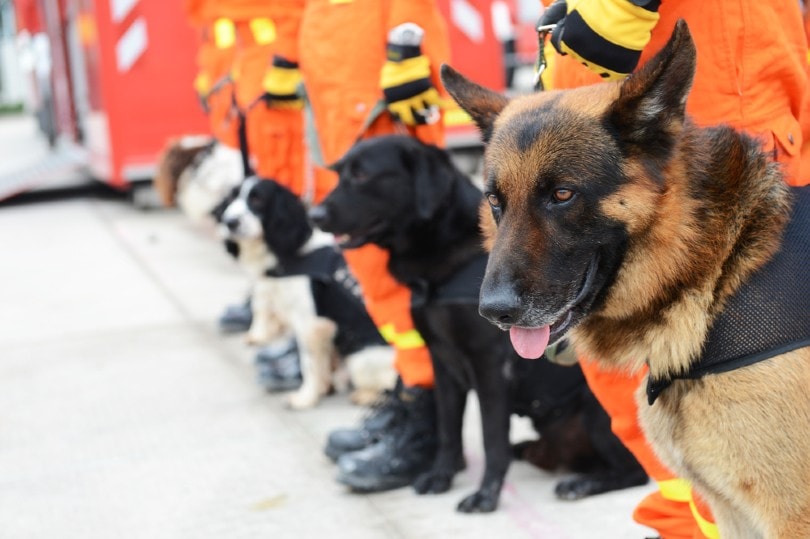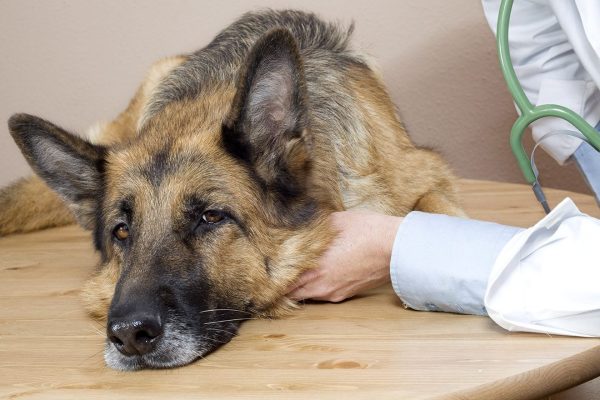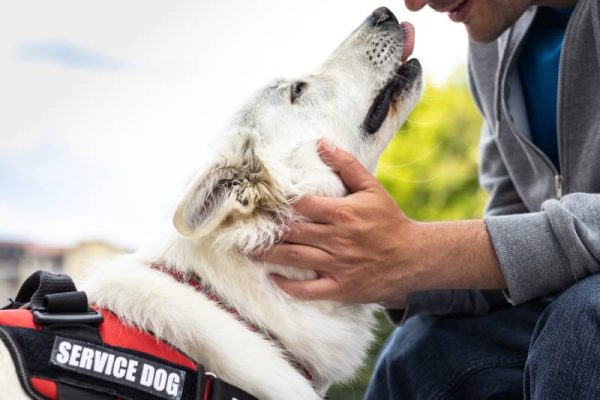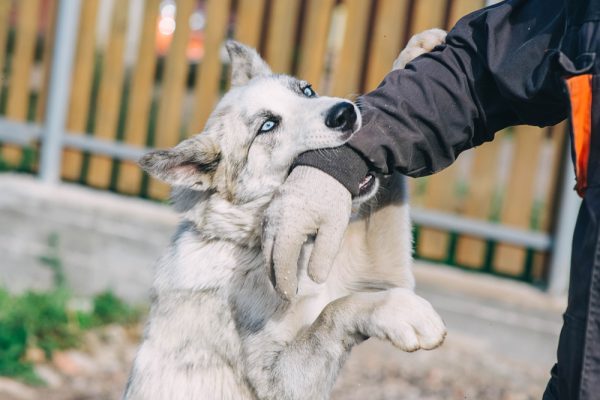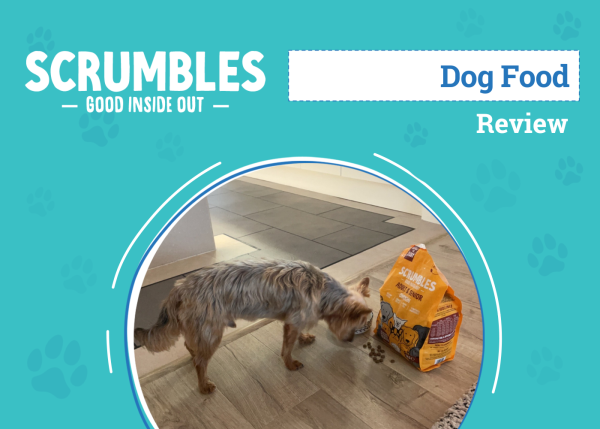Working with a search and rescue team can be exceptionally rewarding, but it isn’t something that you and your dog can simply walk into one day. A significant amount of training for both the handler and the dog goes into search and rescue, and there is no support to help you cover expenses. You’ll also need to fully understand the requirements of the job and how to properly train your dog for it. If you’re interested in getting into search and rescue, here are the things that you should know.

The 7 Key Steps to Become a Search and Rescue Dog Handler
1. Know the Job Requirements
Hunt and rescue just isn’t something where you can show up at a job site and say that you’re there to work. There are many aspects of search and rescue, and the one that you choose to focus on will impact not only the dog you choose but also the training you’ll need to pursue.
You’ll need to fully understand everything that your search and rescue specialty covers. If you’re interested in cold weather rescue, your specifications will likely be quite different from those in areas without snow and ice. You need to have an excellent grasp of the responsibilities of a search and rescue handler and their dog and know whom to reach out to when problems arise or you’re unsure how to proceed.
One aspect of search and rescue that many people underestimate is just how expensive it can be. You are unlikely to get paid for search and rescue, and in most situations, you’ll be responsible for paying for all your training and supplies and likely even travel expenses to get to and from jobs. It’s also important not to underestimate just how much of a time commitment search and rescue is going to be. This is something that will likely take you away from your family and home, potentially for days or weeks on end.
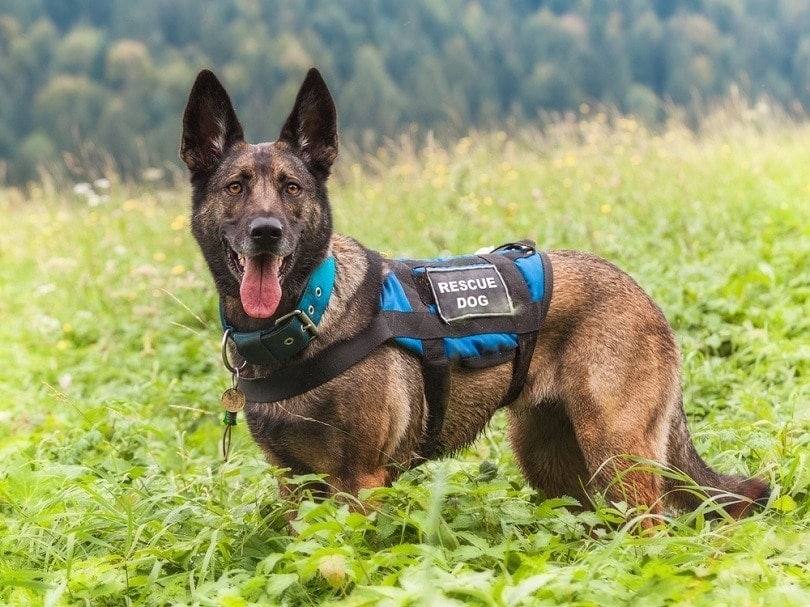
2. Choose the Right Dog
The right dog can make all the difference when it comes to search and rescue. Although there are plenty of mixed-breed dogs in search and rescue, you’ll need to know what personality traits and temperaments are most desirable for training and working with a search and rescue dog.
Dogs that are active, athletic, and fit are ideal, but their temperament should also be calm, and their willingness to listen and learn has to be on point. Aim to select a dog that is still young but old enough to train. Search and rescue can be extremely taxing for an older dog, but a very young puppy will get a slow start on training.
Breeds that are commonly used for cold weather search and rescue are Bernese Mountain Dogs and Saint Bernards. For cold water rescue, Newfoundlands are an excellent choice because of their thick, waterproof coat and their strength. If you’re planning on doing search and rescue in more of a tracking sense, a Bloodhound is a great pick, while Labradors, Belgian Malinois, and even German Shepherds are athletic enough to search through rubble after an earthquake or building collapse.
Unfortunately, you may not know for sure if your dog is a good search and rescue candidate until you begin training. Whenever possible, try to get your dog from a breeder who has previously bred proven search and rescue dogs.
3. Understand Proper Training
The training that goes into preparing for search and rescue goes far beyond your typical “sit” and “stay” commands. You’ll need to have an excellent grasp of what type of training your dog needs for the type of search and rescue you’re planning to get involved in. The best starting point is ensuring your dog has excellent off-leash recall and obedience skills.
If your dog is going to be involved in search and rescue, they need to reliably respond to their commands 100% of the time. This doesn’t just mean “when they get around to it” either. If you give your dog a command, they need to immediately obey. Solid obedience skills can be the difference between life and death for you, your dog, your teammates, and the person or people you are attempting to save.
The Canine Good Citizen test is a great way to certify that your dog is solid in their obedience skills. Your dog is also likely to stay calm in an emergency if they fully trust you and are willing to obey commands, even in chaotic environments. You can also consider putting your dog through training to become a therapy dog so they will be ready and able to calm rescue victims.
One of the most difficult things for many people to deal with in search and rescue dog training is that you won’t be able to rely heavily on providing food treats as rewards. You will often be in situations during search and rescue missions that will leave you unable to immediately reward your dog with a treat.
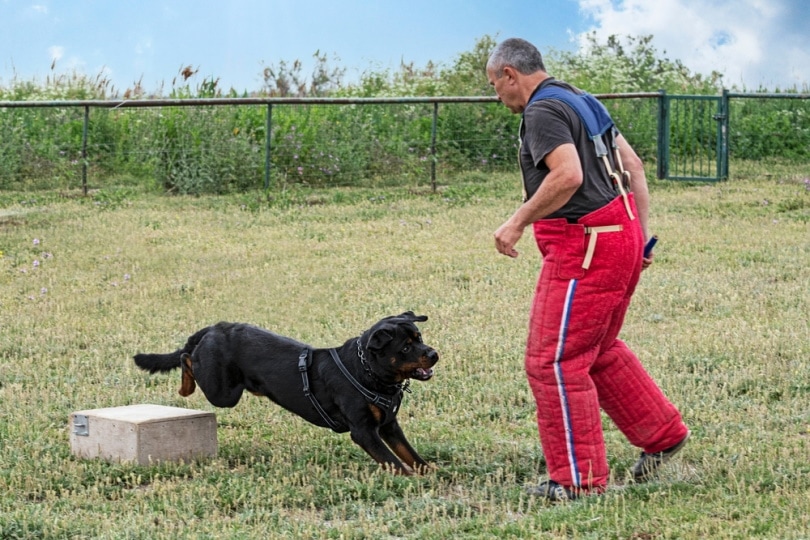
4. Get Involved With Training Classes
The good news for you is that you don’t have to navigate the specifics of search and rescue dog training alone. Search and rescue training classes are an essential part of ensuring your dog is being properly trained for your chosen search and rescue specialty. These are ideal for both of you to begin learning how to navigate everything from basic to advanced search and rescue skills.
To top it off, becoming involved in a search and rescue training class means you’ll be able to begin networking and building bonds with others within the community. This will ensure that you always have people to rely on when you have questions, and it will make it much easier for you to become involved in a search and rescue organization when the time comes.
Before participating in a search and rescue training course, you must ensure that your dog is solid in their basic skills and that both of you are physically and mentally prepared to take part in the training. It’s not uncommon for people to grossly overestimate how well-behaved their dog is, especially in an emergency situation, leading to many unprepared dogs and people in the courses.
Be prepared to drop a few thousand dollars and spend at least a few weeks of your life in a search and rescue dog training course.
5. Focus on Your Training
Your dog isn’t the only one who needs to be fully prepared for search and rescue. You need to be physically and mentally prepared for the task, as well as having training for things like Basic Life Saving and first aid. You might also need specialized training depending on your search and rescue specialty. This can be anything from learning how to use body boards or HAZMAT suits to maintaining a crime scene’s integrity until law enforcement arrives.
You need to be physically fit enough to hike, walk, or climb for long distances, often while carrying heavy equipment. Search and rescue missions can last multiple days or weeks in a row, and you may even need to know basic camping or backpacking skills, depending on the environment.
In addition, you must be emotionally prepared to be away from your home, family, and friends for long stretches of time. Search and rescue is an extremely trying job, and it can be difficult to manage emotionally. This is especially true for people who have seen maimed or deceased victims. Not only can it be difficult to see other people like this, but it can also lead to feelings of guilt.
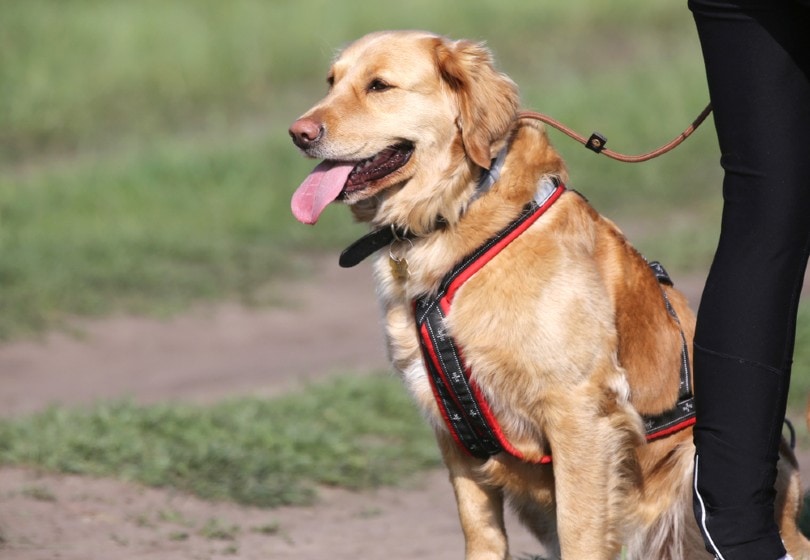
6. Get Involved With an Organization
You’ll never get any work in search and rescue if you aren’t involved with a search and rescue organization. You can easily find an organization online or by visiting the first responders, like police and fire departments, near you. You may even check with state or national parks offices for their recommendations of organizations they work with in their area.
Getting involved with an organization will not only help you get search and rescue work, but it will also provide a support group for you and your dog. The other people within these organizations will understand the difficult nature of search and rescue, which can be extremely difficult for people outside of search and rescue to fully understand.
You may even be able to find a person within a search and rescue organization who will be willing to mentor you as you and your dog become confident, skilled, and established within the search and rescue community.
7. Consider Making It a Career
This is kind of an extra step when it comes to becoming a search and rescue dog handler because very few people will make a career of it. However, you may discover that you love everything about search and rescue and want to find a way to make it your job.
It’s not easy to make search and rescue your full-time career, and it’s an environment that usually offers very few jobs only focused on search and rescue. To make search and rescue your career, you’ll often need to have a career as a first responder or another related career.
Sometimes, the military, police departments, parks departments, and fire departments will hire search and rescue individuals or companies. You may be able to get a job working search and rescue contracts. The downside of this is that you will be subject to the travel requirements to go where you’re needed when you’re needed there. This can mean packing up and going on a moment’s notice with your dog to perform a job.

Conclusion
There is a ton of thought, time, and training that goes into becoming a search and rescue dog handler. The dogs are often trained for upward of 2 years to become proficient in their job, and the handler’s training begins well before they’ve even selected a dog to work with. Make sure you fully understand the requirements of your preferred search and rescue specialty before you begin making the time and financial commitments that search and rescue requires.
Related Reads:
Featured Image Credit: hxdbzxy, Shutterstock
